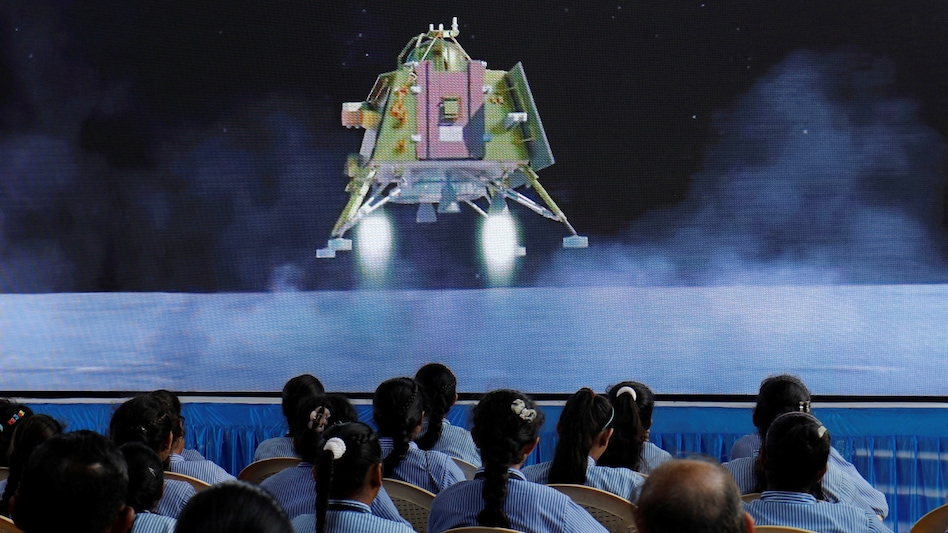 Report shows that only 18 per cent of scientists are women and 15 per cent of technical staff
Report shows that only 18 per cent of scientists are women and 15 per cent of technical staff  Report shows that only 18 per cent of scientists are women and 15 per cent of technical staff
Report shows that only 18 per cent of scientists are women and 15 per cent of technical staff Even as the success of ISRO’s Chandrayaan-3 mission showcased to the capabilities of women scientists, a government report unveiled a stark underrepresentation of women in the fields of Science, Technology, Engineering, and Mathematics (STEM).
The report titled “Women in STEM: A CSIR survey towards gender parity,” conducted by the Council of Scientific & Industrial Research (CSIR)-National Institute of Science Communication and Policy Research (NIScPR), shed light on concerning gender disparities within the scientific community.
The study revealed that a significant number of CSIR labs lacked women at the chief scientist level, highlighting a historical trend of male-dominated leadership positions over the past two decades. Across various levels and clusters, the proportion of women scientists and technical staff remained notably low, comprising only about 18 per cent of total scientists and 15 per cent of technical staff within the CSIR labs examined, the report said.
Despite the increasing discourse on gender equality, the report’s data presented a contrasting reality. It highlighted challenges faced by women in the STEM fields, including financial disparities. The report indicated that project funds allocated to women Principal Investigators (P.I.s) were considerably lower than their male counterparts in specific clusters. This financial inequality not only perpetuated gender-based imbalances but also hampered women’s research output and career advancement, the report said.
The study also exposed gender gaps in project leadership and funding. Women-led in-house projects consistently received lesser financial support compared to those led by men. Moreover, while women exhibited success in securing grants, only around 52 per cent of their grant applications were approved, the report found.
Furthermore, the findings illustrated systemic gender discrimination, as women encountered obstacles at various stages of their careers. The report highlighted the challenges faced by women in accessing post-doctoral career opportunities due to factors like marital status. The report underscored the disparity, where women candidates were disadvantaged in securing STEM jobs compared to their male counterparts.
The study unveiled instances of gender bias in the nomination process for training programs, with women often being disproportionately overlooked. Additionally, women in technical roles received insufficient encouragement to pursue Ph.D. studies, further hindering their professional growth. The report further advocated for urgent policy reforms, proactive measures, and a collective commitment to dismantling barriers that impeded the progress of women in STEM fields.
“Women scientists possess immense potential across various fields. They have already demonstrated their capabilities in biotechnology and space science, as evidenced by their recent contributions to Missions such as COVID Vaccines and Chandrayaan,” said Renu Swarup, Former Secretary to Government of India, Department of Biotechnology, Ministry of Science &Technology.
“We now observe an increasing presence of women in biological sciences. The Department of Biotechnology (DBT) has seen two women Secretaries and six women directors. However, encouragement for women should extend to all fields. Fostering leadership development and ensuring equal opportunities for women at all levels is crucial to enhancing women in STEM participation,” she said.
Copyright©2023 Living Media India Limited. For reprint rights: Syndications Today